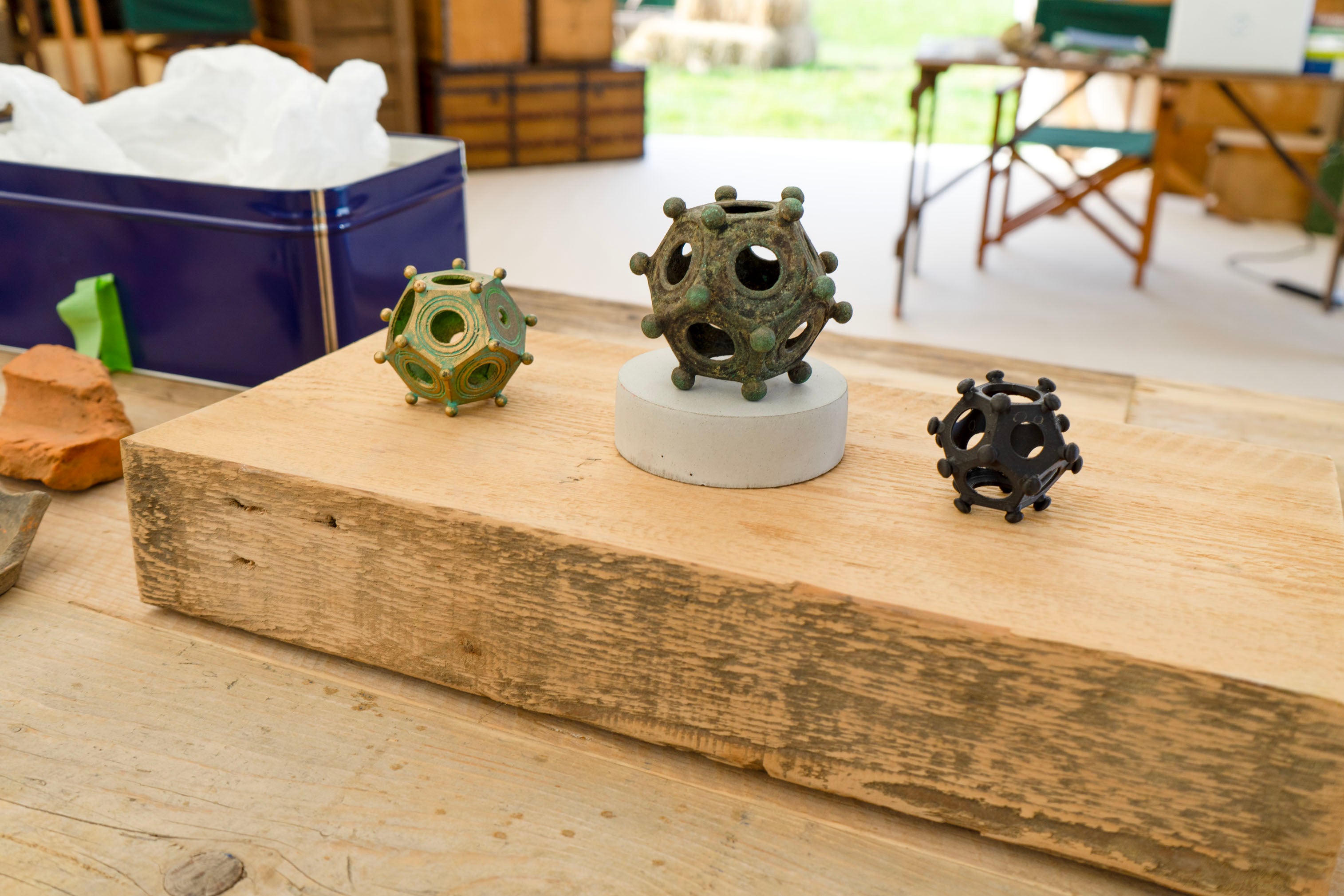Mystery of ancient Roman dodecahedron baffling experts as it goes on display in UK
Experts said they were ‘no closer’ to finding out what the mysterious Roman object actually was

Your support helps us to tell the story
From reproductive rights to climate change to Big Tech, The Independent is on the ground when the story is developing. Whether it's investigating the financials of Elon Musk's pro-Trump PAC or producing our latest documentary, 'The A Word', which shines a light on the American women fighting for reproductive rights, we know how important it is to parse out the facts from the messaging.
At such a critical moment in US history, we need reporters on the ground. Your donation allows us to keep sending journalists to speak to both sides of the story.
The Independent is trusted by Americans across the entire political spectrum. And unlike many other quality news outlets, we choose not to lock Americans out of our reporting and analysis with paywalls. We believe quality journalism should be available to everyone, paid for by those who can afford it.
Your support makes all the difference.A mysterious Roman object unearthed in an amateur dig has baffled experts as it goes on display in Britain for the first time.
The 12-sided object was discovered in Norton Disney, near Lincoln, in 2023, and will go on display at Lincoln Museum as part of the city’s Festival of History.
Richard Parker, secretary of the Norton Disney History and Archaeology Group, said it was a “privilege to have handled” the dodecahedron, but was still at a loss over what it was.
“Despite all the research that has gone into our dodecahedron, and others like it, we are no closer to finding out exactly what it is and what it might have been used for,” Mr Parker said.
“The imagination races when thinking about what the Romans may have used it for. Magic, rituals or religion - we perhaps may never know.”

It is only one of 33 dodecahedrons discovered in the UK and might date back as far as the 1st century. Some experts believe they were possibly linked to Roman rituals or religion.
The artefact is also one of the largest ever found in Britain, measuring about 3in (8cm) tall and weighing half a pound (245g).
Andrea Martin, exhibitions and interpretations manager at the museum, said having the dodecahedron on show was “a real coup” for local history fans and visitors to the city.
In a separate discovery, experts said this year a 2,000-year-old “bullet” found with a Roman dictator’s name on it was likely used as propaganda.
The lead projectile, inscribed with the name of Julius Caesar, was unearthed in Spain and could have been used with a slingshot by the general’s troops.
The artefact - known to specialists as a “glans inscripta” - measures 4.5 by 2 centimeters and weighs 71 grams and would have been made using a mold into which molten lead was poured.
On one side, an inscription reads “IPSCA” - likely Latin for an unknown Spanish town - while the other reads “CAES” for Ceasar.
Join our commenting forum
Join thought-provoking conversations, follow other Independent readers and see their replies
Comments